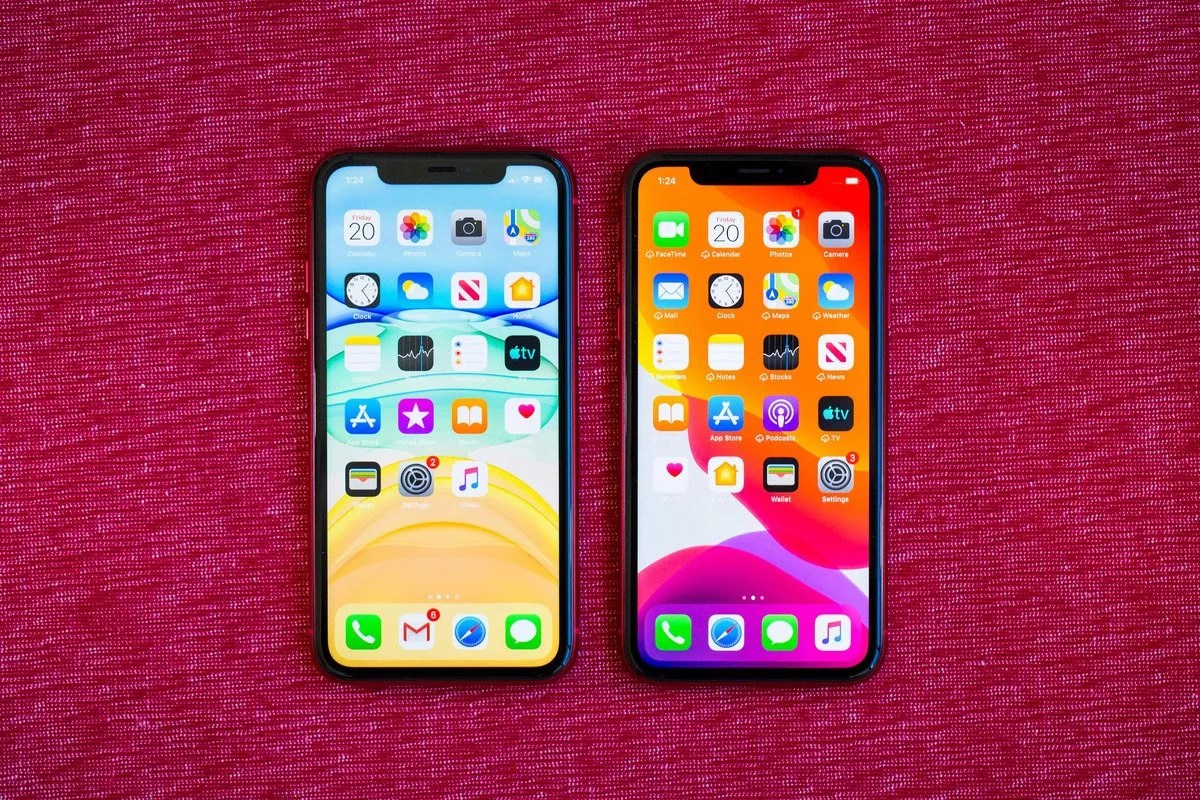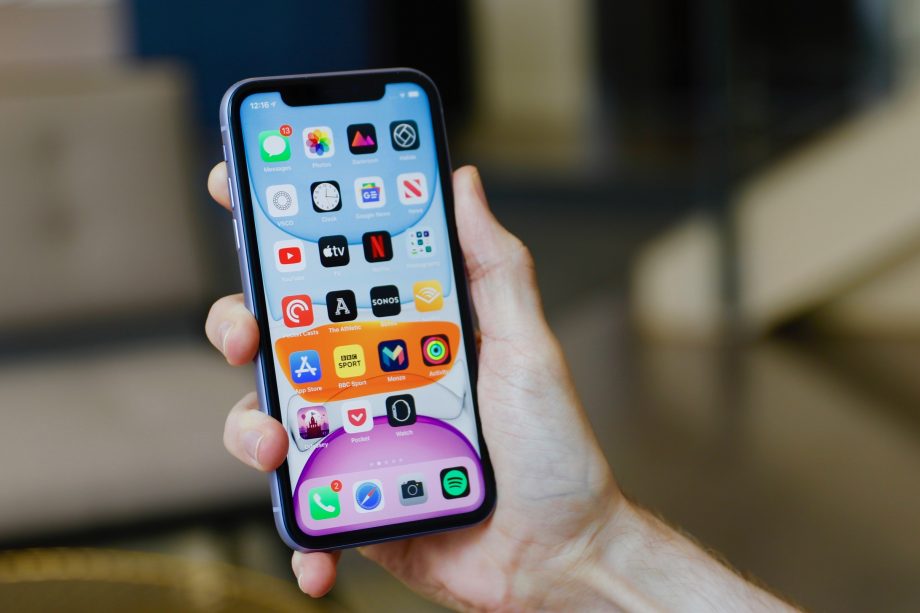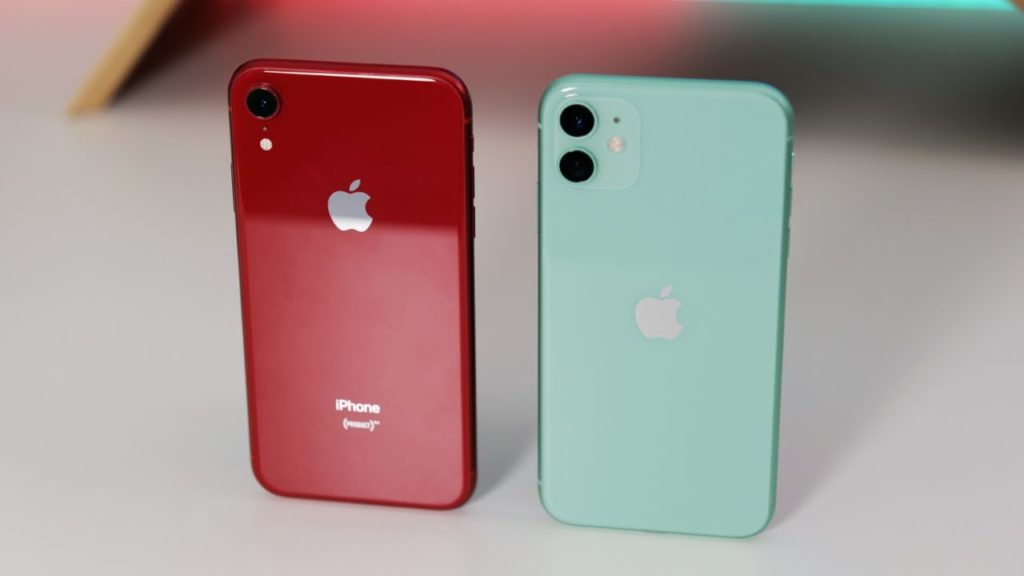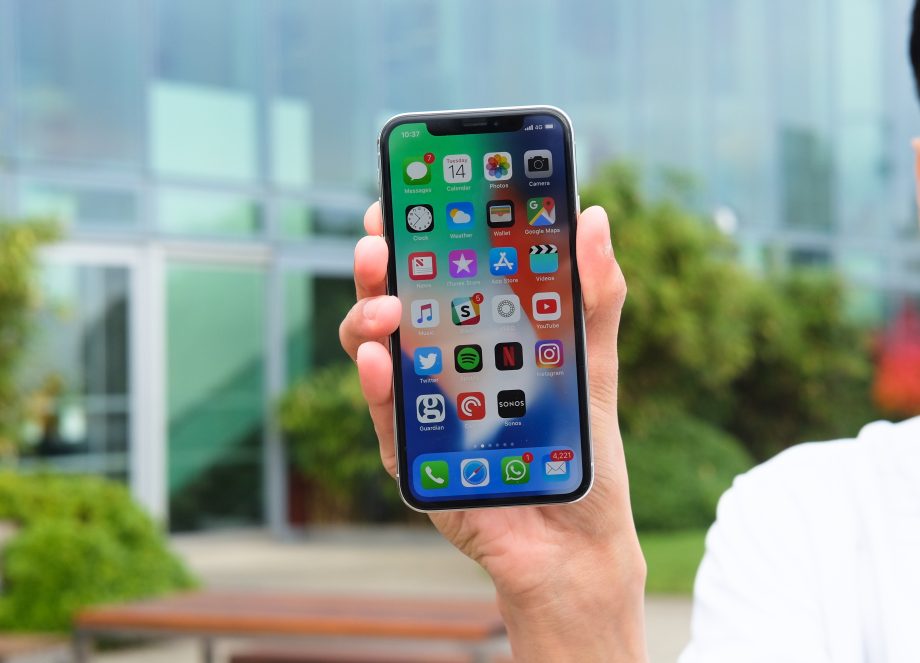iPhone 11 Vs iPhone XR: Should You Upgrade?
iPhone 11 vs. iPhone XR - This article highlights the differences between Apple's iPhone 11 and the iPhone XR.
Author:Daniel BarrettSep 04, 20226.5K Shares217.1K Views

iPhone11 vs. iPhone XR– Apple’s iPhone 11 has updated features and costs $100 more than the 2018s iPhone XR. But it might not be worth buying.
The introduction of the Apple iPhone 11, 11 Pro, and 11 Pro Max in September 2019, so many people were surprised by the company when it set the base model, the iPhone 11, at just $699 (£729, AU$1,199). That’s $50 cheaper than 2018’s iPhone XR when it debuted. However, because of the latest lineup, the company’s iPhone XR’s price was lower to $599 (£629, AU$1,049). With these adjusted prices in mind, we compare the iPhone 11 with the iPhone XR to see if you should upgrade.
iPhone 11 Vs iPhone XR: The Future-Proof iPhone
With dual rear cameras, Night Mode shooting, and a 12-megapixel front-facing shooter, the iPhone 11 has more tricks for photos and videos. But compared to the iPhone XR, which already takes fantastic pictures and video, the advantages are negligible for the extra $100 you’ll pay. In addition, a new U1 chip, Wi-Fi 6, and Gigabit LTE capabilities were introduced in iPhone 11.
You will see these next-gen features in future iPhones and Androiddevices, so if you want to have a modern phone for the next few years, the iPhone 11 is the best bet. But because Wi-Fi 6 and Gigabit LTE are not fully built-out networks yet, you won’t see any immediate advantages.
iPhone 11 Vs iPhone XR: The Better Value
It might have an older processor and specs, but we think it’s worth it for the $100 you’ll be saving with the iPhone XR. It runs iOS 13 just as smoothly as the iPhone 11 on its A12 chipset. Though it doesn’t have an ultrawide camera and the updated camera tech, the iPhone XR works just fine for posting photos on Instagram and other social media.
If you’re on a tight budget, the iPhone XR is still a great value. We’d suggest either keeping that $100 for something else or using it to upgrade to the128GB model and still have $50 left over.
Nearly Identical Designs
The iPhone 11 and XR look nearly identical, with the significant difference being the iPhone 11’s extra camera and square bump. But other than that and the different color choices (the iPhone 11 comes in lavender, mint green, and a pastel yellow, while the Phone XR comes in a canary yellow, coral, and blue), there are no obvious differences. They are the same size and weight, and both phones also have the same 6.1-inch LCD display with the same resolution and pixel density.
Different drop test has been carried out on the iPhone 11 and XR, and both phones are quite substantial. The former has been dropped on its sides on smooth concrete from 3,6 and 8 feet, 7 inches. The phone’s back and front glass didn’t crack on all drops. There was a minor cosmetic scratch above the camera lens from 8 feet, but the camera lens was terrific.
When iPhone XR was dropped on a concrete sidewalk at waist height (about 3 feet), the phone’s camera glass cracked, but the back glass survived. The screen also was unscathed. At around 5 feet, the iPhone XR survived a fall on its back with no new damage, but the display ultimately cracked when dropped on its screen.
Although that was unfortunate, the fact that the iPhone XR survived waist-high drops was still good.
Both phones are water-resistant, but the iPhone 11 has a higher IP rating of IP68 and can survive underwater at 2 meters (about 6.5 feet) for 30 minutes. Meanwhile, the iPhone XR is rated IP67 and can survive underwater to a depth of 1 meter for 30 minutes on paper.
When taken out on dives, the iPhone XR kept ticking even after 19 minutes underwater at a depth of 5 meters. In water tests. The iPhone 11 far exceeds both its promises and the iPhone XR’s hardiness when it comes to water resistance.
iPhone 11 vs. iPhone XR: Camera
Both phones have a 12-megapixel camera, but the iPhone 11 has a second, 12-megapixel ultrawide camera and a new Night Mode for low-light photography. Overall, outdoor and well-lit photos on both devices look similarly vibrant, with consistent and bright coloring on both cameras.
However, notably sharper photos with finer details are taken with iPhone 11, especially when pictures are viewed at full resolution. It also did a better job brightening up nighttime and dim photos with its new model. The second ultrawide camera is useful when you want to fit more content into each frame or capture more expansive scenes. Its flash is a tad brighter, though we rarely use the feature.
Lastly, while the iPhone XR does not recognize nonhuman faces for portraits, the iPhone 11 uses a Deep Fusion feature, which further improves the detail and reduces image noise in photos.
As for the video, the iPhone 11 footage has a tad better dynamic range, so lighting and exposure look more even and natural. Video stabilization is a bit steadier as well on the standard 12-megapixel camera. But the wide-angle camera does not have optical image stabilization. Also, during 4K video recording, you can only switch between cameras when you’re filming in 30fps (though both cameras can record 60fps).
The iPhone 11 has a 12-megapixel camera on the front, while the iPhone XR has a 7-megapixel camera. While we do welcome the extra resolution of the iPhone 11, we never really had many gripes with the iPhone XR’s front-facing camera. So if you’re a casual selfie-taker, the iPhone XR is satisfactory. The iPhone 11’s front camera can also pull out for a wider point of view, record 4K video at 60fps, and take slow-mo videos.
As for the video, the iPhone 11 footage has a tad better dynamic range, so lighting and exposure look more even and natural. Video stabilization is a bit steadier as well on the standard 12-megapixel camera. But the wide-angle camera does not have optical image stabilization. Also, during 4K video recording, you can only switch between cameras when you’re filming in 30fps (though both cameras can record 60fps).
The iPhone 11 has a 12-megapixel camera on the front, while the iPhone XR has a 7-megapixel camera. While we do welcome the extra resolution of the iPhone 11, we never really had many gripes with the iPhone XR’s front-facing camera. So if you’re a casual selfie-taker, the iPhone XR is satisfactory. The iPhone 11’s front camera can also pull out for a wider point of view, record 4K video at 60fps, and take slow-mo videos.
Editor’s picks:

Daniel Barrett
Author
Daniel Barrett is a tech writer focusing on IoT, gadgets, software, and cryptocurrencies. With a keen interest in emerging technologies, Daniel offers expert analysis and commentary on industry trends. Follow him for authoritative insights into the latest tech innovations.
Latest Articles
Popular Articles


